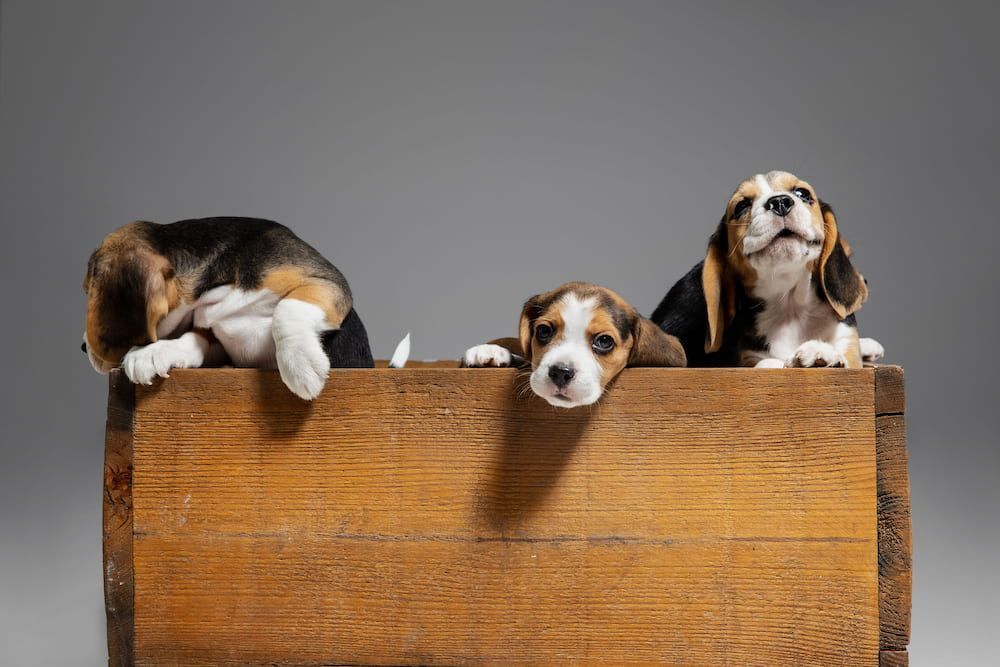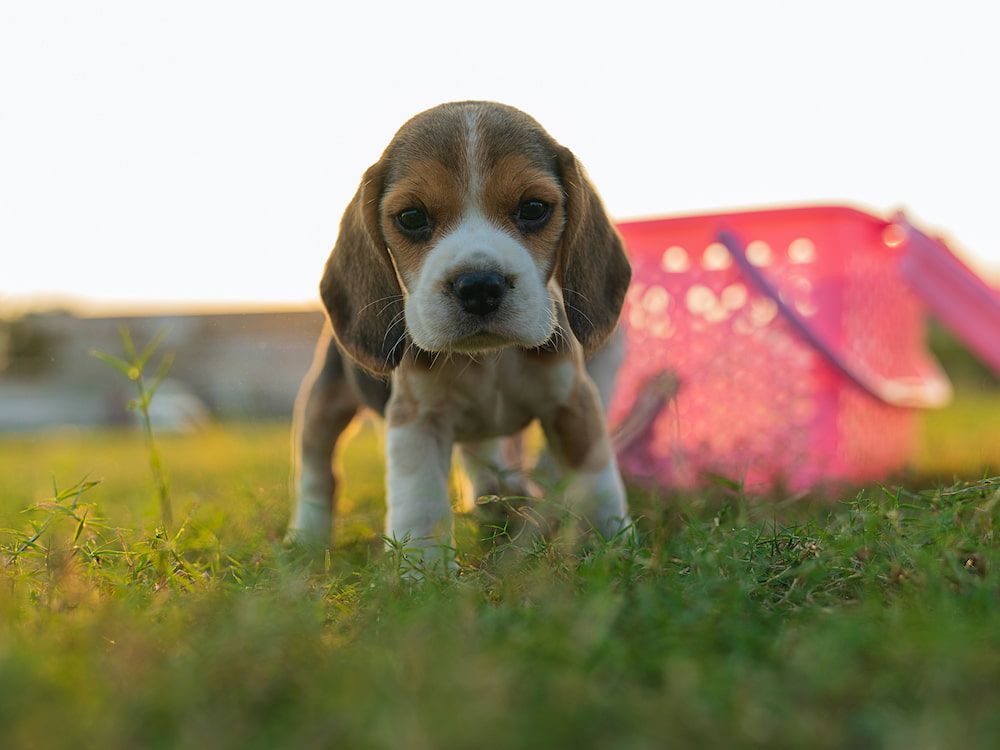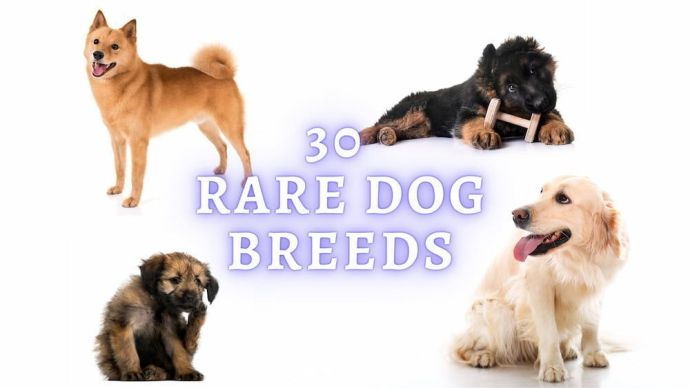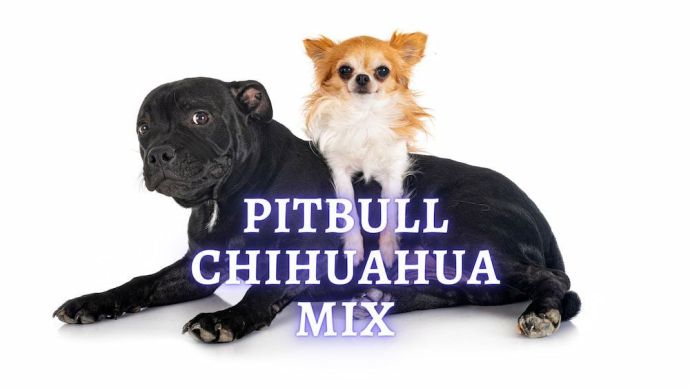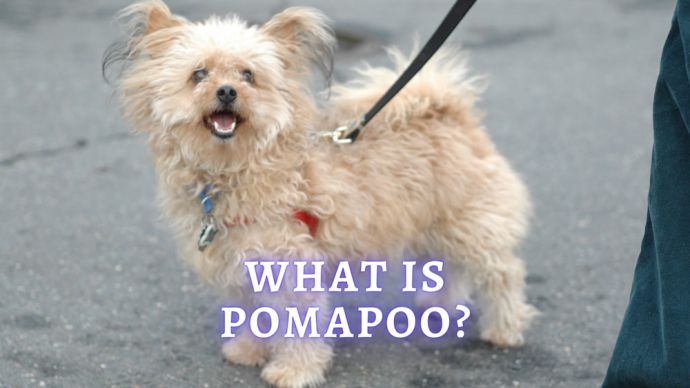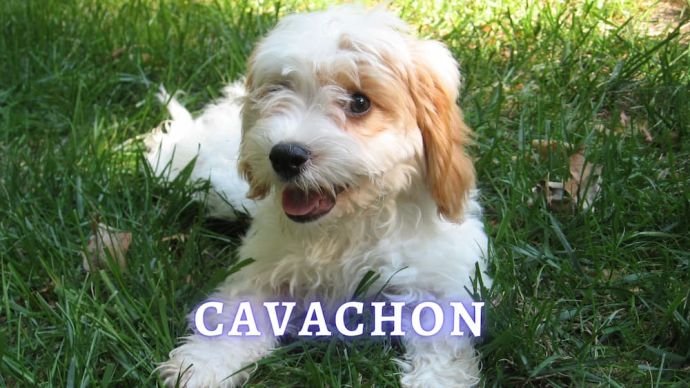Pocket Beagle: Pocket Beagle Full Size, Weight and Adoption
Written by:
Author: Carol Young
Carol has worked in specialty, emergency, mixed animal and general veterinary practices, and enjoys all aspects of veterinary medicine. Her special areas of interest include anesthesia, critical care, emergency, dentistry, internal medicine and small animal nutrition.
View all 62 articlesLearn about our editorial process and veterinary review board.
Viewed: 146
Updated on: 04/24/2023
Pocket dog breeds are becoming more popular these days, and the Beagle is no exception. The Pocket Beagle or mini Beagle is smaller than the average Beagle, and even though they are smaller, they are just as intelligent and happy-go-lucky as their larger counterparts. The Pocket Beagle is still a hound, and if you are familiar with hounds, you probably know that they are very independent and do require patience and consistent training.
As with all Beagles, Pocket Beagles are very affectionate and make fantastic family dogs. As tiny beagles, they have lots of energy, can be a bit vocal, and love to play with their humans and other pets alike. If you want to add an intelligent, fun-loving, smaller dog to your home or family, you might consider them a good choice.
Characteristics
| Height | 7-12 inches |
| Weight | 7-15 pounds |
| Colors | Gray, Red, Blue, Black, White, Tan, Orange |
| Coat | Shorthair |
| Lifespan | 12 to 15 years |
The Pocket Beagle is built much like its larger cousin and is sturdy, squarely built with a short hair-coat, and sports cute floppy, hound-dog ears. This breed can come in a variety of colors, such as black and tan, tricolor, red and white, lemon and white, or orange and white. The head is broad and slightly rounded, and the nose is square and straight. Most Pocket Beagles have brown or hazel eyes, an upright tail, and the typical black nose that’s always on the trail of new, interesting smells.
Males tend to be a bit larger than females, with both standing between seven to twelve inches tall and weighing from seven to fifteen pounds. As hounds, this breed loves to explore and has a personality that some would call “stubborn.” They are also known for their loud, baying-type bark, especially when excited or guarding their territory, which might make them a bit too noisy for some apartment complexes or neighborhoods. However, like all Beagles, these small buddies are very affectionate, love to spend time with their people, and have a good time.
Breed History
The Beagle goes back quite a ways. The breed first emerged in 13 Century England and was used as a hunting dog to flush out small animals such as rabbits from underbrush, shrubs, and bushes. At that time, some of the English nobility were known to have smaller versions of the standard Beagle, known as “glove Beagles,” since they could fit in the palm of a hunting glove. Now known as the Pocket beagle, these pooches could also fit comfortably in a hunter’s saddlebags while riding in the hunt.
Today, breeders are working to revive the glove Beagles but have changed the name to mini Beagles or old English Pocket Beagles. Interestingly enough, Queen Elizabeth I loved the breed and often trained these adorable pups to entertain her guests at court. Elizabeth also referred to these dogs as her Singing Beagles due to their delicate and high-pitched baying. She entertained her guests by placing her Pocket Beagles on the dinner table and allowing them to romp among the dishes.
Appearance
Pocket Beagles are, in appearance, essentially miniature Beagles. You may be wondering what the difference is between the two, and the answer is that Pocket Beagles are typically half the height and weight of a standard Beagle.
How Big is a Full-Grown Pocket Beagle?
As mentioned above, full-grown Pocket Beagles grow to a shoulder height of between seven and twelve inches and weigh between seven to fifteen pounds. The standard Beagle dog breed stand thirteen to fifteen inches tall and weigh between twenty and thirty pounds.
Although the pocket variety is half the size of the standard Beagle, they have the same appearance and personality. They know how to warm your heart with their affectionate nature and loving attitude.
READ MORE: Friendliest Dog Breeds
Interesting Facts
There are several interesting facts about the Pocket Beagle, and a few are listed below:
- Like most dogs, Pocket Beagles have several hundred million scent receptors in their noses, compared to humans, who have less than five million. This makes them very adept at picking up smells and scents.
- Of all the hound breeds, it is the rarest. The American Kennel Club (AKC) recognized Pocket Beagles as a variety of the standard beagles in 1885, but the breed has remained relatively rare in America.
- Like most dogs, Pocket Beagles are very social, and as pack dogs, they get along well with other pets and people.
- Unlike standard Beagles, Pocket Beagles always have a white tip on the end of their tails. This may be due to breeding practices so that hunters would be able to spot their dogs when running through tall grass.
- The Pocket Beagle is also known as the “Miniature Beagle,” the “Teacup Beagle,” and the “Old English Pocket Beagle.”
- The Old English Pocket Beagle dog breed went extinct around the 19th century, and the first Pocket Beagles were brought to the U.S. in the 1850s, at which time they quickly became popular family pets. Today’s puppies and dogs of this breed are hybrids and do not have the true bloodlines of the original breed.
- They naturally want to bark a lot, just like their larger counterparts. So if you’re looking for a quiet dog, you may want to look elsewhere.
- Beagles are good diggers and can be prone to tearing things up when they are bored. Preventing this can be done by having a lot of toys around and offering plenty of companionship and exercise.
Temperament and Personality
Pocket Beagles are very affectionate and love humans, other pets, and children. However, this depends on whether or not the puppy has been properly socialized to get along with virtually anyone of any age. Proper training and socialization at a young age are critical in acclimatizing the Pocket Beagle to family life.
As with any hound or hunting breed, the Pocket Beagle is very energetic and may not be the best choice if you are looking for a couch potato. They are playful and full of energy, so it’s important to offer them plenty of exercises, companionship, and mental stimulation. As with standard cousins, these little versions make excellent playmates and are gentle, sweet, and possess a fun-loving personality.
Beagles, in general, are known for their intelligence, friendliness, loyalty, and curiosity. However, the Pocket Beagle can be very independent and seem somewhat aloof when they are preoccupied with other things. For this reason, it is important to use positive reinforcement during training to ensure that the Pocket Beagle is a well-rounded dog.
Since Pocket Beagles are social animals, they do not do well if left alone for long periods and can be destructive and noisy if bored and alone. For this reason, it’s important to offer your pup plenty of mental stimulation should you need to leave them alone for an extended period. An example would be Kong toys, puzzles, and other appropriate toys for enrichment.
The temperament and personality of these dogs are sweet, affectionate, and gentle as well as intelligent and playful. They can be a bit naughty if given the chance, so proper training, exercise, patience, and conditioning are important for this breed.
Health
The health of a dog is dependent upon many factors, such as breeding, nutrition, environment, and health care. A healthy Pocket Beagle with no preexisting conditions can live up to fifteen years, but as with any dog breed, the Pocket Beagle can be prone to certain genetic conditions. For this reason, your pup must receive regular health checkups with your veterinarian, as well as recommended vaccines and consistent health care.
As with any breed, Pocket Beagles can be prone to various health issues based on breeding and genetics. For example, just like other breeds, they can suffer from eye disorders, epilepsy, hypothyroidism, dwarfism, cleft lip, cryptorchidism (the failure of one or both testicles to descend from the abdomen), hip dysplasia (the abnormal formation of the hip socket that can cause pain and lameness) and intervertebral disc disease (IVDD). They can also suffer from elbow and knee issues due to their shortened legs.
As with any pet, always consult your veterinarian regarding the health and well-being of your best friend. Your veterinarian is your first stop in ensuring a healthy and happy pup.
Coat Care and Grooming
As with all dogs, Pocket Beagles do shed, but because their hair is short, they may not need as much grooming as other breeds. However, their coats tend to get thicker in the winter, and they shed more during springtime. Regular brushing and bathing (if needed) can help cut down on the shedding and keep your pup’s hair coat sleek and healthy. Although Pocket Beagles are small and short-haired, they can make an ideal pet for owners who prefer not to spend a lot of time brushing and grooming.
Other grooming issues to consider are ears and nails. Since Pocket Beagles are floppy, drop-eared dogs, air doesn’t circulate very well inside the ear canal, so they can be prone to ear infections. It’s important to check your pooch’s ears regularly, and if you want to clean their ears, consult your veterinarian or groomer regarding appropriate ear-cleaning products and techniques. Keeping your Pocket Beagle’s nails short is also important to prevent getting scratched and from nails getting too long. Long nails can break off and grow into the pads of the paws.
READ MORE: Beagle Lab Mix
Feeding and Nutrition
Like their larger cousins, Pocket Beagles are prone to obesity if they don’t get enough exercise and proper nutrition. If you feed commercial dog food, you can consult the recommended feeding amounts on the label, but be forewarned: Dog food companies and in the business of selling dog food. If you have questions as to how much and how often to feed your canine pal, consult your veterinarian. Keep in mind that how much you feed also depends on the size, age, build, metabolism, and activity level of your dog.
Commercial dog foods contain all of the necessary nutrients required by the FDA and come in a variety of flavors and forms, just make sure that you feed a high-quality diet. If you decide to prepare home-cooked meals for your pooch, you may have to supplement with vitamins to ensure appropriate levels of minerals and nutrients. A rule of thumb is that the better the dog food, the better nutrition for your dog, and contributes to theirs good health.
Beagles are known to be food motivated and can be prone to obesity. To ensure that your Pocket Beagle does not become too overweight, they should have a tapered waist when you look down at them, and you should be able to feel the ribs but not see them. If you can’t feel the ribs, it’s an indicator that a diet is in order.
RELATED: Best Fresh Dog Food Delivery Services
Training
The Pocket Beagle personality is intelligent, independent, and has a lot of energy, which can make training a challenge. If you bring a puppy into your home, training should start immediately with socialization with all sorts of situations, people, and pets. It’s important to stay calm and patient and be consistent with daily training.
Since Pocket Beagles tend to be food motivated, this can help with training, especially if used with positive reinforcement techniques. For example, when teaching your pooch to sit, or come when called, have some training treats ready to reward them when she sits or runs to you. This will make the experience a positive one for both of you. Remember that Beagles are scenthounds, are easily distracted by scents and smells, and may wander off if they catch an enticing scent in the air: So keep those treats handy.
You can also use positive reinforcement techniques when potty training. After a meal, take your pooch outside to eliminate, and when they does, reward it with praise and ear scratches. Since Beagles as a breed are independent, they do not respond to scolding or negative training techniques.
As mentioned above, these dogs are very intelligent and can get bored if left alone for too long. If left alone in a room or backyard, they will find ways to entertain themselves, usually by howling, digging, chewing on furniture, or trying to find ways to get out. If you have to leave your pooch alone for an extended time, invest in interactive toys and puzzles to occupy their busy tendencies.
RELATED: Best Online Dog Training Courses
Adoption and Rescue
If you are looking to adopt a puppy or an adult Pocket Beagle from a shelter or a rescue, do your research and get some recommendations from your veterinarian or animal protection groups. Pocket Beagles may pop up in rescue organizations or shelters, and your best bet is to contact rescues that specialize in saving Beagles or hound dogs.
Breeders and Price
When looking for a Pocket Beagle puppy from a breeder, make sure you do your research and that the breeder is reputable and responsible. A responsible breeder will provide health certificates for both parents and proof of vaccinations, veterinary care, and in some cases, even X-rays and genetic testing of the mother and father as well as of the Pocket Beagle puppies. Also, it’s recommended to visit the breeder and meet both parents and make sure that your pooch is coming from a clean and healthy environment.
This breed can range in price up to $2000 per puppy. Since they are quite rare, it may be difficult to find a breeder in your area, but you can do some research on the internet.
Conclusions
The Pocket Beagle can be a fun and energetic addition to any household and provide hours of companionship and affection. Just be aware that, as hounds, they do have a tendency to howl and can be distracted by scents and smells. As a result, it’s important to offer lots of love, attention, and exercise to this breed.
People also ask:
How big do Pocket Beagles get?
Pocket and miniature beagles are generally half the size of standard Beagles, growing up to nine to twelve inches in height. Most will not top over fifteen pounds.
Are Pocket Beagles rare?
Pocket Beagles are rare but are gaining in popularity. The first Pocket Beagles were brought to the U.S. in the 1850s and quickly became favorite family pets. Although the American Kennel Club (AKC) does not recognize them as a separate breed but includes them among the breed itself.
What is the lifespan of a Pocket Beagle?
The average lifespan of a Beagle is twelve to fifteen years, and a Pocket Beagle’s lifespan is comparable However, factors such as genetics, nutrition, and overall health are factors determining how long a dog will live.
How much is a Pocket Beagle?
They run in cost anywhere from $800-1200 depending on the breeder and the area in which you live If you are looking to buy a puppy, make sure you go to a reputable breeder.
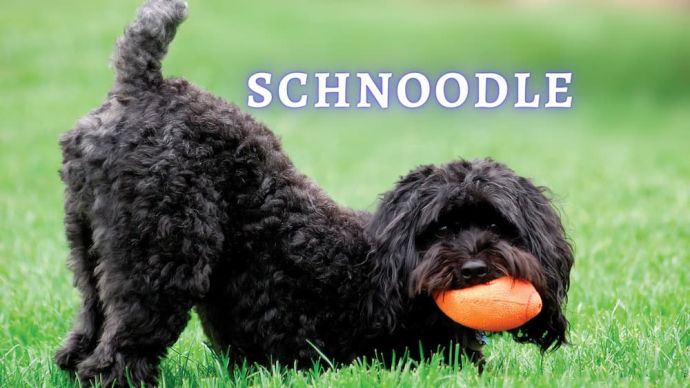 Dog Breeds Schnoodle: Personality, Temperament, and Everything Else You Should Know
Dog Breeds Schnoodle: Personality, Temperament, and Everything Else You Should Know - 1202
- 3
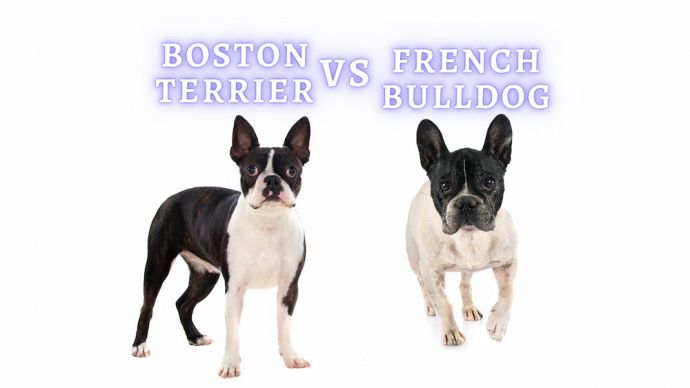 Dog Breeds French Bulldog vs Boston Terrier: All Differences and Similarities You Should Know About
Dog Breeds French Bulldog vs Boston Terrier: All Differences and Similarities You Should Know About - 3628
- 0
 Dog Veterinary Tips Why is my Dog throwing up: Causes and Preventing (Veterinary Advice)
Dog Veterinary Tips Why is my Dog throwing up: Causes and Preventing (Veterinary Advice) - 23424
- 5
 Dog Care Why Is My Dog Bleeding From Its Butt? Causes and treatment of rectal bleeding in the dog
Dog Care Why Is My Dog Bleeding From Its Butt? Causes and treatment of rectal bleeding in the dog - 22076
- 0
 Dog Care My Dog Keeps Scratching His Mouth: Reasons Why Your Dog Scratching Face
Dog Care My Dog Keeps Scratching His Mouth: Reasons Why Your Dog Scratching Face - 17561
- 1











